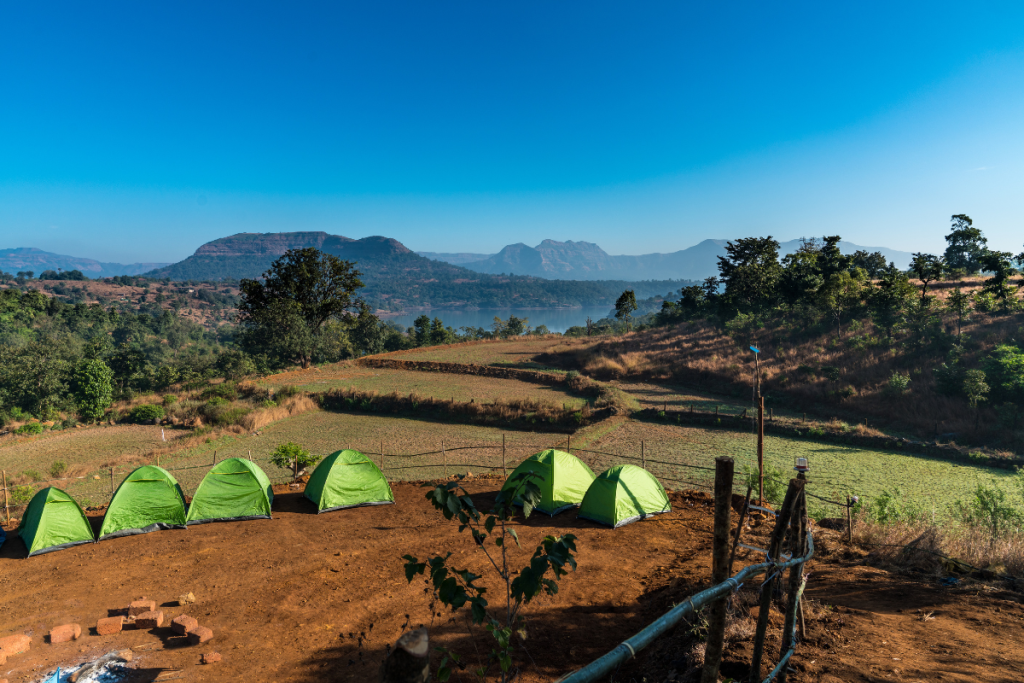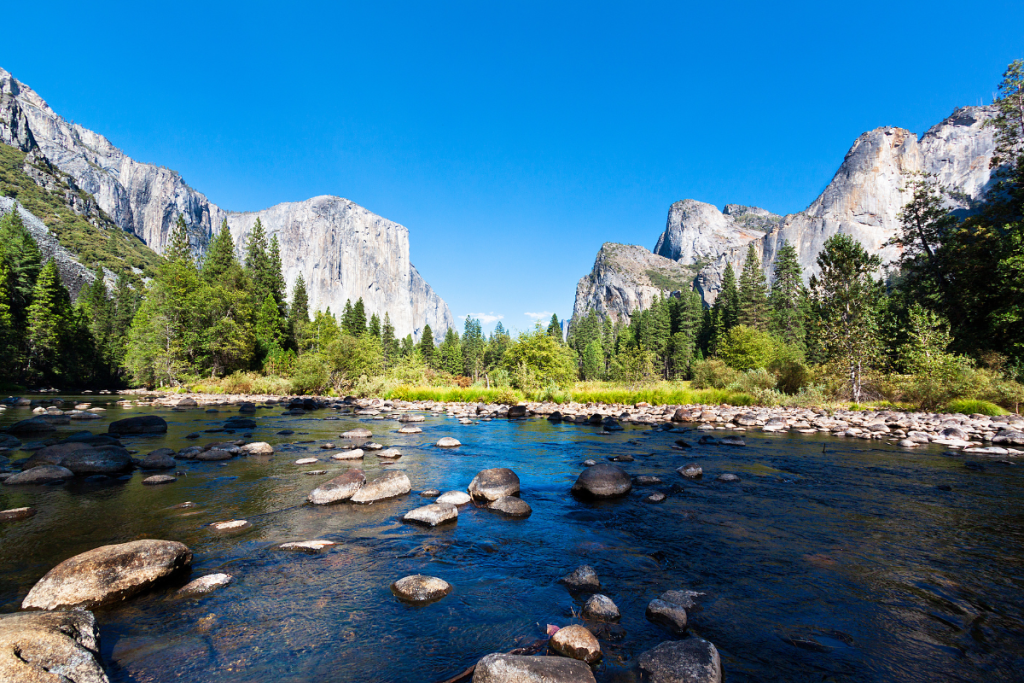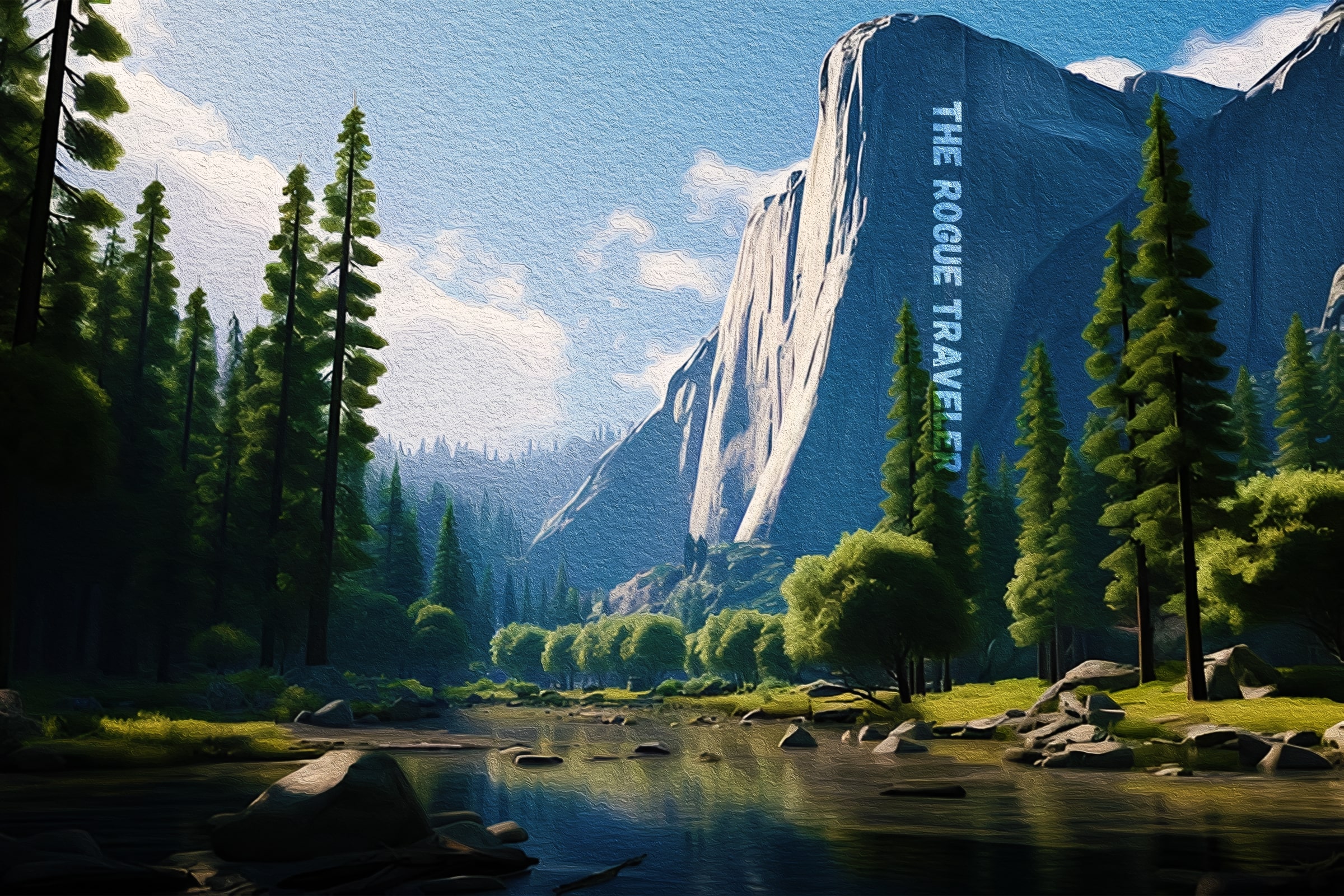Nestled somewhere between the high cloud formations and low valley floors of California, you’ll find one of the world’s most awe-inspiring natural spectacles – Yosemite National Park. Established in the late 19th century, Yosemite’s enduring history has shaped a rich backdrop against which to forecast your upcoming adventure.
Weather in Yosemite National Park can be as varied as its vibrant landscapes, shifting from bright and sunny days to partly cloudy afternoons and the odd rain and snow showers – changing almost as much as the breathtaking vistas from one point to another.
The park’s conditions pose intriguing possibilities, with a light wind usually blowing at around 5 to 10 mph every morning, afternoon, and evening. What might you expect in terms of weather on any given weekend? And how might this define your activities? Stick around to discover how the elements can shape your Yosemite experience.
Seasonal Insights Into The Weather At Yosemite National Park
In Yosemite National Park, each season offers distinct sights and opportunities for adventure, so understanding the weather conditions, park status, and recommended activities is essential. Here’s what you can expect throughout the year:
A. Winter (December – February)
- Typical weather conditions: Highs around 30-50°F, lows around 15-30°F, rain and snow showers
- Park conditions: Icy roads, facilities on reduced hours, some trail closures, 5 to 10 mph winds
- Suggested activities and highlights:
- Cross-country skiing and snowshoeing on Glacier Point Road
- Ice skating at Curry Village
- Stargazing on a clear evening
B. Spring (March – May)
- Typical weather conditions: Highs around 50-70°F, lows around 30-50°F, chance of rain, partly cloudy
- Park conditions: Melting snow, opening of seasonal roads, waterfalls at peak flow, light wind
- Suggested activities and highlights:
- Witnessing roaring waterfalls such as Yosemite Falls, Bridalveil Fall, Vernal Fall, and Nevada Fall
- Exploring Dogwood and Redbud blooms along the Merced River
- Hiking lower elevation trails like Hite Cove Trail and Mirror Lake Loop

C. Summer (June – August)
- Typical weather conditions: Highs around 60-90°F, lows around 50-60°F, sunny, mostly clear skies, afternoon thunderstorms
- Park conditions: Busy season, open facilities, an occasional trail closure due to snowmelt or fires, light wind
- Suggested activities and highlights:
- Hiking iconic trails like Half Dome, Mariposa Grove, and Four-Mile Trail
- Staying at the High Sierra Camps along the high alpine trails
- Rock climbing at El Capitan and Bridalveil Fall Area
D. Autumn (September – November)
- Typical weather conditions: Highs around 50-70°F, lows around 30-50°F, early snowfall, mostly cloudy, chance of rain
- Park conditions: Roads mostly clear, facilities transitioning to offseason hours, colorful fall foliage, light wind
- Suggested activities and highlights:
- Photographing vibrant fall colors in the valley’s meadows and along Tioga Road
- Hiking to the summits of Clouds Rest and Sentinel Dome for striking sunset views
- Visiting the Ansel Adams Gallery
Now that you have a grasp of the unique activities and weather conditions in Yosemite National Park during each season, you can better plan your adventure – using this comprehensive map. No matter which season you choose, you’ll find plenty of activities and stunning views as you embark on your journey with Rogue Traveler.
Top Activities In Yosemite
The diverse landscape of Yosemite National Park offers a wealth of activities, each offering a unique perspective of the park. Whether you’re embarking on a hike or setting up camp, understanding the area’s weather conditions from ‘weather channel and weather.com’ or ’10-day weather forecast’ will ensure you’re well-prepared for the adventures that lie ahead.
A. Hiking
- Popular trails: From the breathtaking views at Glacier Point to the challenging Half Dome hike, there’s a trail for everyone in Yosemite Valley.
- Difficulty levels: Ranging from easy valley loops to the strenuous, high-elevation Upper Yosemite Fall Trail.
- What to bring: Pack ample water, weather-appropriate clothing, trail maps, and snacks.
B. Rock Climbing
- Popular climbing routes: El Capitan and Half Dome offer thrilling ascents for experienced climbers.
- Equipment needed: A helmet, harness, climbing shoes, and a belay device are essential, alongside knowledge of changing weather conditions.
- Safety tips: Check the weather forecast for Yosemite National Park before ascending and listen to park service instructions.
C. Wildlife Viewing
- Types of wildlife to expect: Black bears, mule deer, bobcats, and over 250 species of birds.
- Best places/times for viewing: Dawn and dusk provide the best wildlife viewing opportunities, particularly in meadows and along park roads.
- Responsible wildlife viewing habits: Maintain a safe distance, never feed wildlife, and respect their space.
D. Camping
- Campground options: From bustling Pines Campgrounds to the quieter Tuolumne Meadows, Yosemite’s campgrounds cater to diverse preferences.
- Camping etiquette: Respect quiet hours, keep sites clean, and ensure food storage is bear-proof to preserve Yosemite’s natural beauty.
- Packing essentials: Preparing for all weather conditions, including frost and occasional snow showers, is crucial. Check the forecast, bring warm gear, proper food storage, and first aid supplies.

Each activity in Yosemite National Park whispers a different tale of this renowned wilderness. Don’t just visit – immerse in the experience and make the land a part of your story. The transition of the California weather, the low around 26°F sessions, or the 50°F afternoons makes the difference. Regardless of your choice, remember to check the latest forecasts, respect the park’s rules, and, most importantly, take the chance to engage with the untouched beauty of Yosemite.
Travel Tips
Navigating Yosemite National Park requires preparation and an understanding of the environment. From packing essentials to minimizing your environmental impact, these travel tips will aid your adventure.
A. Packing Guide
Use the 10-day weather forecast to guide your packing. Depending on the time of year, CA weather can fluctuate from lows around 26°F to highs near 51°F.
- Winter: Pack warm clothing, including a jacket, gloves, and hat. Snowshoes or skis may be necessary for some trails.
- Spring: Pack rain gear and layers. Rain can appear unexpectedly even when the forecast for Yosemite National Park is evident.
- Summer: Lightweight clothing, a hat for sun protection, and a swimsuit if you plan on swimming in the designated areas.
- Fall: Layer your clothing for the crisp lows of 27°F in the evenings, transitioning to warmer temperatures daily.
B. Park Rules and Regulations
Respect the National Park Service’s regulations to ensure a smooth visit:
- Leave No Trace: Carry out all trash and leave nature undisturbed. Use only designated trails and campsites.
- Fire Safety: Know the current restrictions. Use established fire rings camp stoves, and never leave fires unattended.
- Pet Policies: Pets are only allowed on certain trails and must be leashed. They’re not allowed on shuttle buses, in lodging areas, or on most trails.
C. Reducing Your Environmental Impact
A responsible visitor reduces their impact, ensuring the park’s beauty persists:
- Avoid single-use items to reduce waste. Bring a reusable water bottle.
- Camp at designated sites to protect the flora and fauna.
- Respect wildlife from a distance. Feeding animals can harm them and alter natural behaviors.
With a high of around 44°F to 50°F, beautiful views, and various activities, Yosemite National Park promises an unforgettable experience. Check the current weather forecast, or switch to weather.com before you go. Whether you explore the popular Yosemite Valley, brace winter’s chill for a snow-covered landscape, or chase the transition of fall colors, each part of this park offers something unique.

Above all, respect and care for the landscape to ensure it continues to inspire for generations to come. Under every general situation, your choices can make an impact. Yosemite National Park is more than a destination; it’s a responsibility. Discover its allure, embrace its heart, and leave it untouched for others to enjoy.





0 Comments